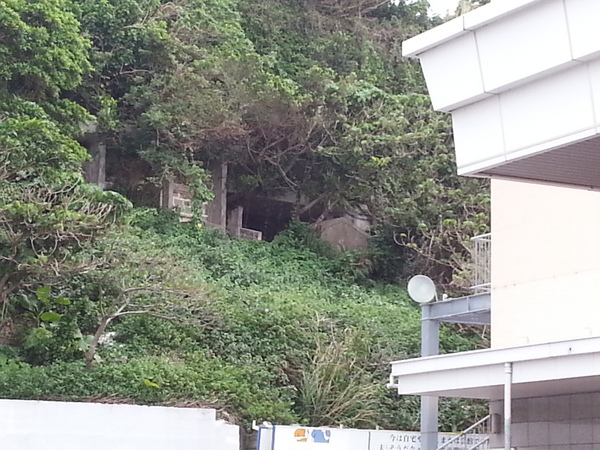Sachihija Shell Mounds
Historic sitesHistory


Sachihija Shell Mounds are located on and below the cliff slope facing the East China Sea, at the north end of Ameku Highland. Next to the shell mounds is Aja funeral home. The shell mounds are divided into two periods, the one in the Jomon period, about 3,000 years ago (Sachihija Shell Mounds A) and the other, about 1,500 years ago (Sachihija Shell Mounds B).
Basic information
- Address
- 900-0005 1192 Ameku Naha Okinawa The bottom of the cliff on the west side of the Ameku hillside.
- TEL
- 098-917-3501 (English is not supported) Municipal cultural property division of Naha city
- Business hours
- Nothing in particular
- Close day
- Nothing in particular
- Charge
- Free
- Parking
- None
- Access information
- 5 minutes by car from Aja intersection.
Additional Information
- Academic information
- Cultural property(Prefectural designated historical site)
Designated date: October 19, 1956
Sachihija Shell Mounds are located on and below the cliff slope facing the East China Sea, at the north end of Ameku Highland. Next to the shell mounds is Aja funeral home. The shell mounds are divided into two periods, the one in the Jomon period, about 3,000 years ago (Sachihija Shell Mounds A) and the other, about 1,500 years ago (Sachihija Shell Mounds B). When Mr. Sadahiko Shimada from Kyoto University conducted an excavation of Sachihija Shell Mounds A in 1932, earthenware, stoneware, shell tools and accessories, stabbers and pointers made of wild boar bones, lappets, etc, that were used in those days, were unearthed. Among all, ornaments called butterfly-shaped bone products are popular.
Many fish bones and shells were unearthed from the shell mounds, which can tell people in those days caught fish and shells in the sea for eating. Also, they might have kept small dogs called Sachihija Dog because bones of the small dog were unearthed. From Sachihija Shell Mounds B, fish net weights made from pottery shards or shells, plates, spoons, bracelets were unearthed. Near the shell mounds is a spring, called Sachihija, with an abundance of water. In addition, the sea shore lies before the mounds. It must have been a comfortable living environment for people in those days. - Quote
- Naha Board of Education Cultural Heritage Division (2007) "Naha Cultural Property" Naha Board of Education
